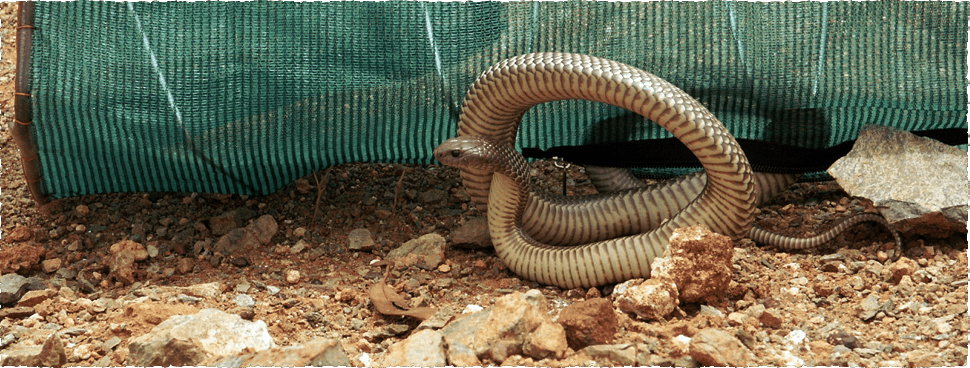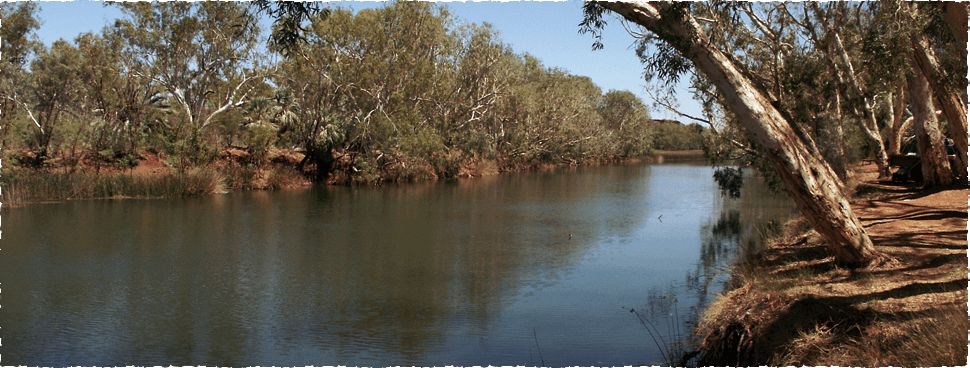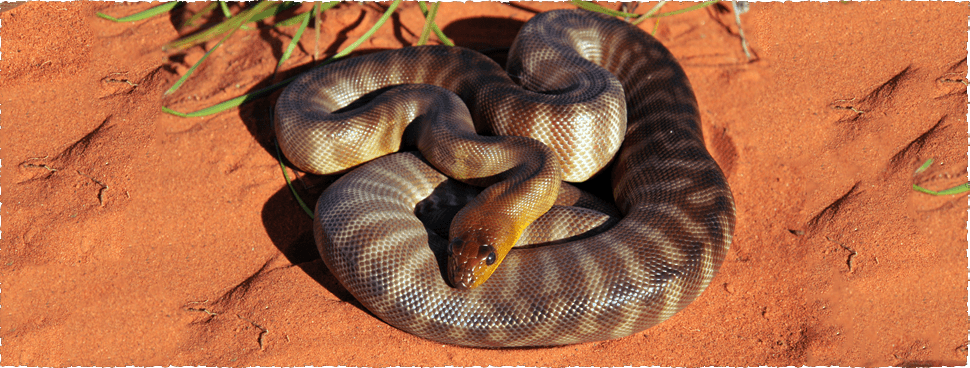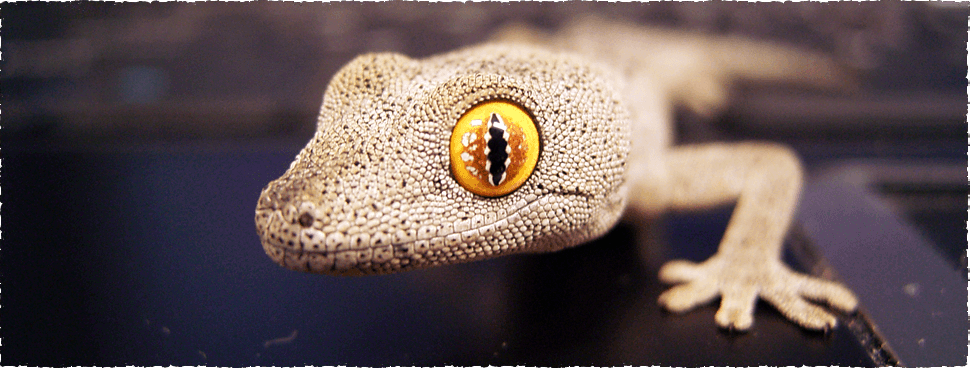There has been a huge amount of media attention recently about the number of feral cats in Australia and the need to significantly reduce their numbers. Tim Doherty provided a summary of some of the recent media here, so there is no need to repost them all. What is clear from these articles is that Australian […]















Eradicating feral cats – a possible alternative
October 24th, 2014Humane culling of feral camels – animal welfare concerns in fauna surveys and assessments
October 16th, 2014In a recent paper by Jordan Hampton and his colleagues, they reported a mean wounding rate of 0.4% and a killing efficacy of 99.6% for camels when shot from a helicopter. Seventy five percent of animals displayed at least one bullet-wound tract in the thorax, 63% in the cranium, and 35% in the cervical spine, […]
Two morals – zoologist experience on recent fauna survey
October 10th, 2014While on a recent fauna survey in the South West of WA, we inspected some pit-traps that had been left in the ground for some time. When a survey is completed pit traps are to be closed or removed. If they are left in the ground, then occasionally lids can become displaced, break or cave […]
Management of wild dogs in Australia
October 5th, 2014Since their introduction some 3500 years ago, the wild dog has had a noticeable influence on the ecology of Australia. Although considered to have become a functional component of many terrestrial ecosystems, the predatory behaviour of wild dogs can have severe social, economic and environmental consequences (Fitzgerald & Wilkinson 2009). As seen in Plate 1, wild […]
Spatial Excellence Award Winner 2014
September 29th, 2014Terrestrial Ecosystems along with Aerometrex and Mt Gibson Mining received a Highly Commended Award for their recent work on identifying Malleefowl (Leipoa ocellata) mounds using high definition 3D interpreted aerial photography. The search for malleefowl mounds has traditionally been undertaken by on-ground grid searches. This new approach provides a cost-effective solution to assessing impacts of […]
Mulga snake showing its bite strength
September 26th, 2014Fauna surveys and assessments are always exciting but more so when you find a large venomous snake. Recently while working in the Pilbara we came across a good sized Mulga Snake (Pseudechis australis) that needed to be relocated. The snake was approximately 1.2-1.3 metres and in good condition. During the capture a snake hook was […]
Beware of the dark – spot lighting fauna surveys
September 18th, 2014If you see the following at night in the jungle then you have reason to be concerned unless you are in a vehicle or a boat. This was one of 11 jaguars that we saw in a recent trip to the Pantanal in Brazil. Jaguars (Panthera onca) are the largest of the South American native […]
Fauna surveys and assessments using ATVs
September 3rd, 2014Terrestrial Ecosystems have used ATVs on a variety of fauna surveys and assessments. An ATV enables staff to cover a much greater distance than when walking and allows access into areas that are generally inaccessible to 4WD vehicles or on foot. They also have the added bonus that we can carry a substantial quantity of equipment, specifically […]
Protecting threatened and rare species of fauna
August 22nd, 2014Typically, in any ecological community, most of the species are relatively uncommon or rare and there are only a few that are abundant, and threatened species are normally amongst the least abundant. It is often the rare or uncommon species that government environmental regulators will indicate that require management and are of conservation interest. So […]
Fauna data should be presented based on fauna habitat type
August 6th, 2014Fauna assemblages vary appreciably among habitat types and there can be a significant loss of important information when survey data from multiple fauna habitats are combined and assessed as a single unit. The characteristics that define a preferred habitat for one species can differ from a sympatric species. Therefore, minor variations within what we perceive […]
